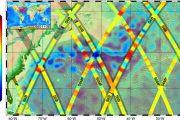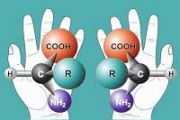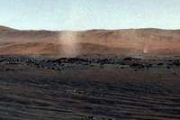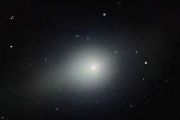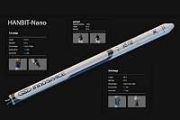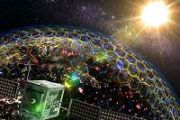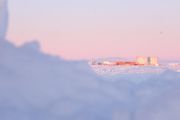
Copernical Team
Vega-C: Launcher integration begins for inaugural flight VV21
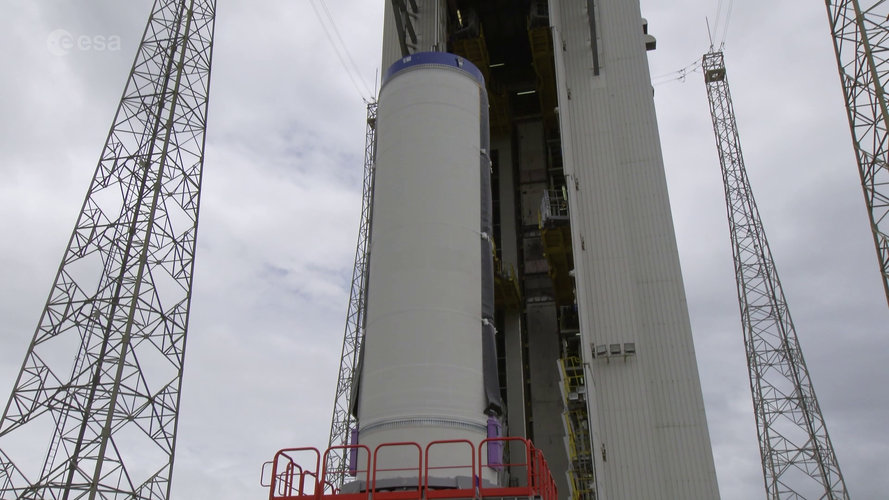
Launcher integration for the inaugural flight of Vega-C began with the P120C solid-fuel first stage being delivered to the Vega Launch Zone (Zone de Lancement Vega, or ZLV) at Europe's Spaceport in Kourou, French Guiana on 15 April 2022. P120C will also fly on Ariane 6, with two or four units serving as boosters depending on mission requirements.
The interstage segment to join the P120C first stage with the Z40 second stage followed on the 22nd.
For flight VV21, the principal payload will be LARES-2, a scientific mission of the Italian Space Agency (ASI). Also onboard will be six European
Watch live: Crew-4 liftoff to the International Space Station
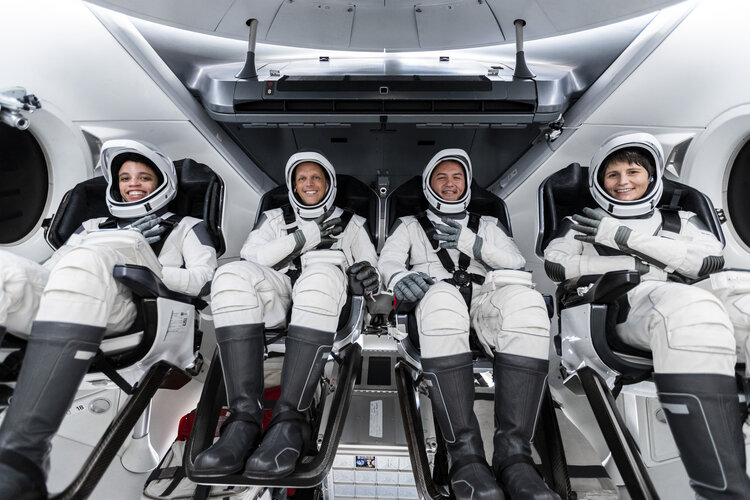
Tune in to ESA Web TV this Wednesday 27 April to watch ESA astronaut Samantha Cristoforetti begin her journey to the International Space Station. Launch is scheduled at 09:52 CEST (07:52 GMT), and live streaming will start at 06:00 CEST (05:00 GMT).
Keeper of the winds shines on
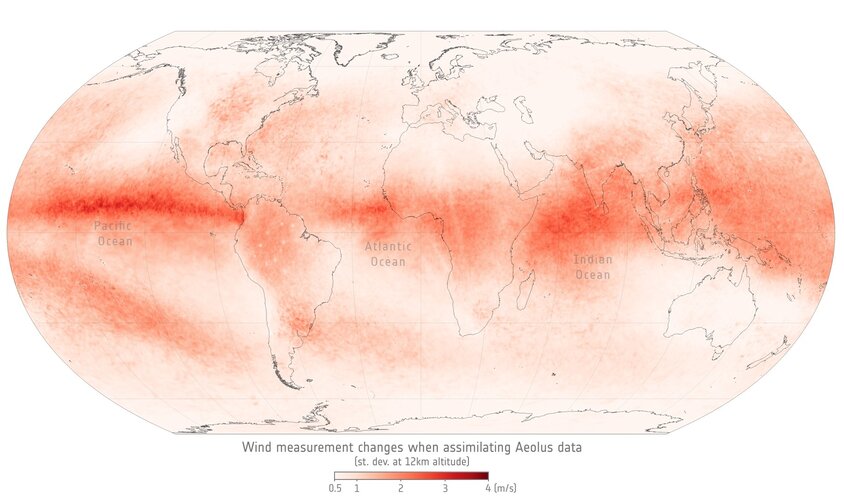
Launched back in 2018, Aeolus has outlived its 36-month in-orbit design life – but going above and beyond, it continues to deliver excellent data. This shows that there’s life yet in the satellite, meaning ESA’s wind mission is now expected to continue shining a light on the wind for another year.
Penn State to lead study of radiation effects on electronics
 Electronics employing wide bandgap semiconductors promise better resistance against radiation damage over conventional silicon-based electronics, according to a newly funded national collaboration led by Penn State. To better predict and mitigate radiation-induced damage of wide bandgap semiconductors, the U.S. Department of Defense awarded the team a five-year, $7.5 million Defense Multidiscipl
Electronics employing wide bandgap semiconductors promise better resistance against radiation damage over conventional silicon-based electronics, according to a newly funded national collaboration led by Penn State. To better predict and mitigate radiation-induced damage of wide bandgap semiconductors, the U.S. Department of Defense awarded the team a five-year, $7.5 million Defense Multidiscipl Time might not exist say physicists and philosophers
 Does time exist? The answer to this question may seem obvious: of course it does! Just look at a calendar or a clock.
But developments in physics suggest the non-existence of time is an open possibility, and one that we should take seriously.
How can that be, and what would it mean? It'll take a little while to explain, but don't worry: even if time doesn't exist, our lives will go o
Does time exist? The answer to this question may seem obvious: of course it does! Just look at a calendar or a clock.
But developments in physics suggest the non-existence of time is an open possibility, and one that we should take seriously.
How can that be, and what would it mean? It'll take a little while to explain, but don't worry: even if time doesn't exist, our lives will go o BlackSky upgrades site monitoring with enhanced analytics and imaging capabilities
 BlackSky (NYSE: BKSY) upgraded its site monitoring capabilities with new analytics and imaging features to meet customers' varied needs for information gathering and intelligence across geographically diverse environments.
"BlackSky released new imaging and analysis upgrades that, when combined with our high-revisit satellite imaging capabilities, will make monitoring the world's most crit
BlackSky (NYSE: BKSY) upgraded its site monitoring capabilities with new analytics and imaging features to meet customers' varied needs for information gathering and intelligence across geographically diverse environments.
"BlackSky released new imaging and analysis upgrades that, when combined with our high-revisit satellite imaging capabilities, will make monitoring the world's most crit Kleos announces new Mission-as-a-Service offering
 Kleos Space has announced a new product offering, access to dedicated, taskable RF Reconnaissance satellite capacity i.e. a Mission-as-a-Service (MaaS). Kleos says it is diversifying its business model to include Mission-as-a-Service (MaaS) capability, providing customers with exclusive access to Kleos' dedicated, in-orbit radio frequency reconnaissance satellite clusters for fixed periods of ti
Kleos Space has announced a new product offering, access to dedicated, taskable RF Reconnaissance satellite capacity i.e. a Mission-as-a-Service (MaaS). Kleos says it is diversifying its business model to include Mission-as-a-Service (MaaS) capability, providing customers with exclusive access to Kleos' dedicated, in-orbit radio frequency reconnaissance satellite clusters for fixed periods of ti China mulls mission on far side of moon
 Chinese scientists and engineers are considering sending a robotic probe to collect dust and rocks from the far side of the moon, an ambitious endeavor that would likely be a world first, according to a senior space agency official.
Wu Yanhua, deputy director of the China National Space Administration, said the United States, Russia and China have brought lunar substances back to Earth, bu
Chinese scientists and engineers are considering sending a robotic probe to collect dust and rocks from the far side of the moon, an ambitious endeavor that would likely be a world first, according to a senior space agency official.
Wu Yanhua, deputy director of the China National Space Administration, said the United States, Russia and China have brought lunar substances back to Earth, bu Moody's and Planet Labs form strategic relationship for asset verification services
 Planet Labs and Moody's have entered into an agreement to explore and address the growing demand for assessing and monitoring solutions on Environmental, Social, and Governance (ESG) risks.
The companies will look to address how Planet's high-cadence geospatial data and Moody's market-leading entity data, methodologies, and products can be leveraged to further refine Moody's existing offer
Planet Labs and Moody's have entered into an agreement to explore and address the growing demand for assessing and monitoring solutions on Environmental, Social, and Governance (ESG) risks.
The companies will look to address how Planet's high-cadence geospatial data and Moody's market-leading entity data, methodologies, and products can be leveraged to further refine Moody's existing offer Space Blocs: The future of international cooperation in space
 Even during times of conflict on the ground, space has historically been an arena of collaboration among nations. But trends in the past decade suggest that the nature of cooperation in space is shifting, and fallout from Russia's invasion of Ukraine has highlighted these changes.
I'm an international relations scholar who studies power distributions in space - who the main players are, wh
Even during times of conflict on the ground, space has historically been an arena of collaboration among nations. But trends in the past decade suggest that the nature of cooperation in space is shifting, and fallout from Russia's invasion of Ukraine has highlighted these changes.
I'm an international relations scholar who studies power distributions in space - who the main players are, wh 







